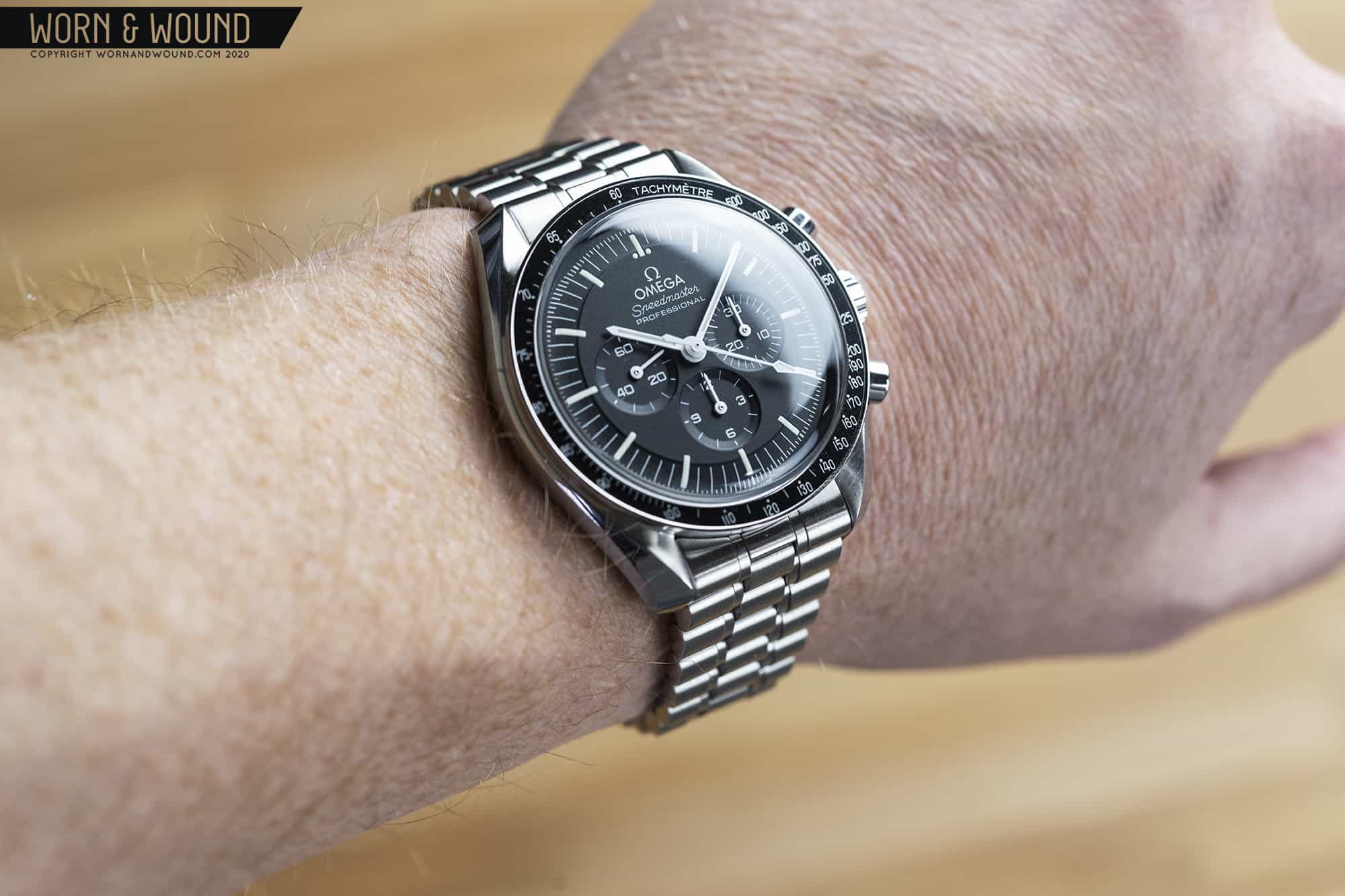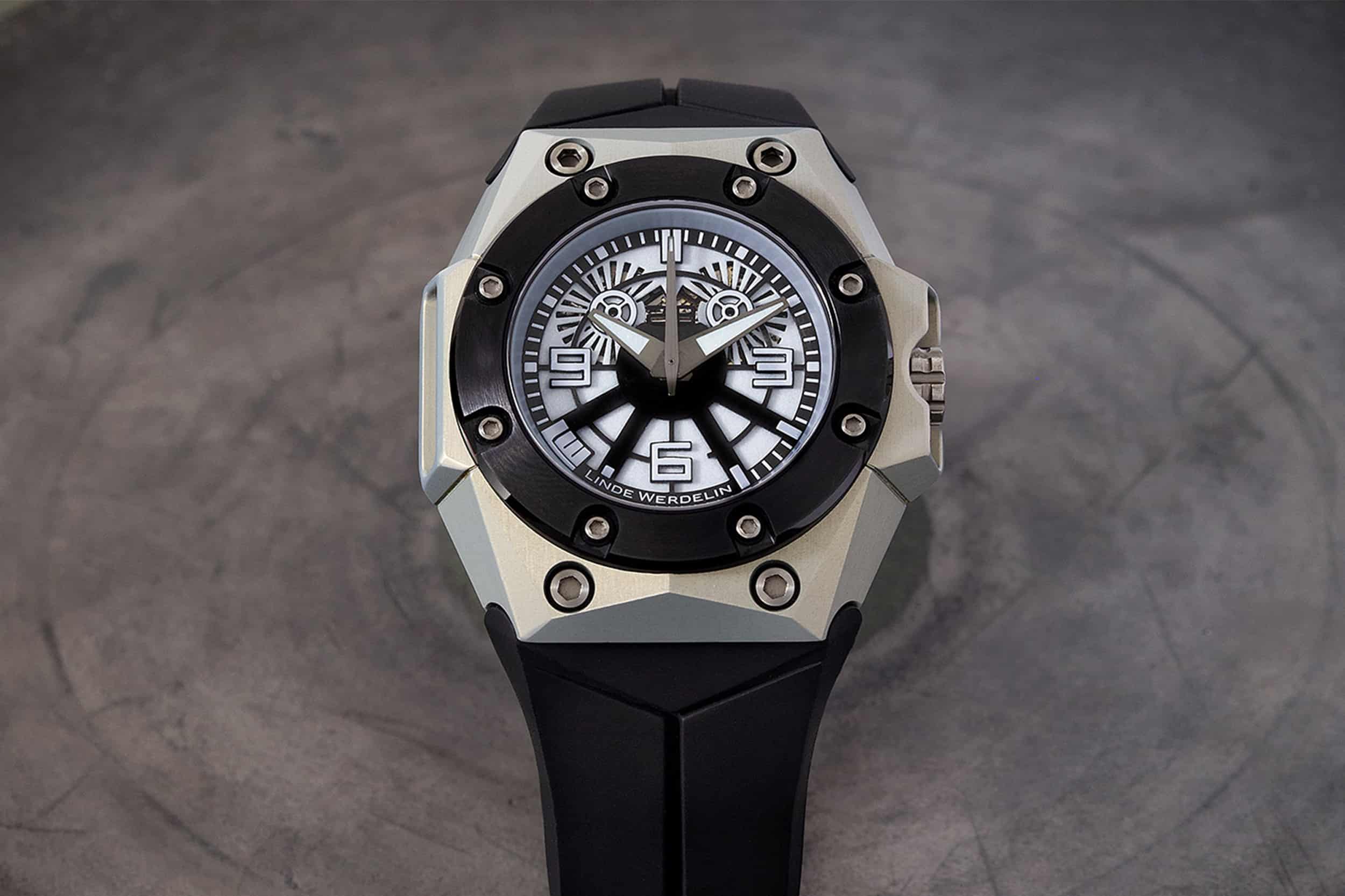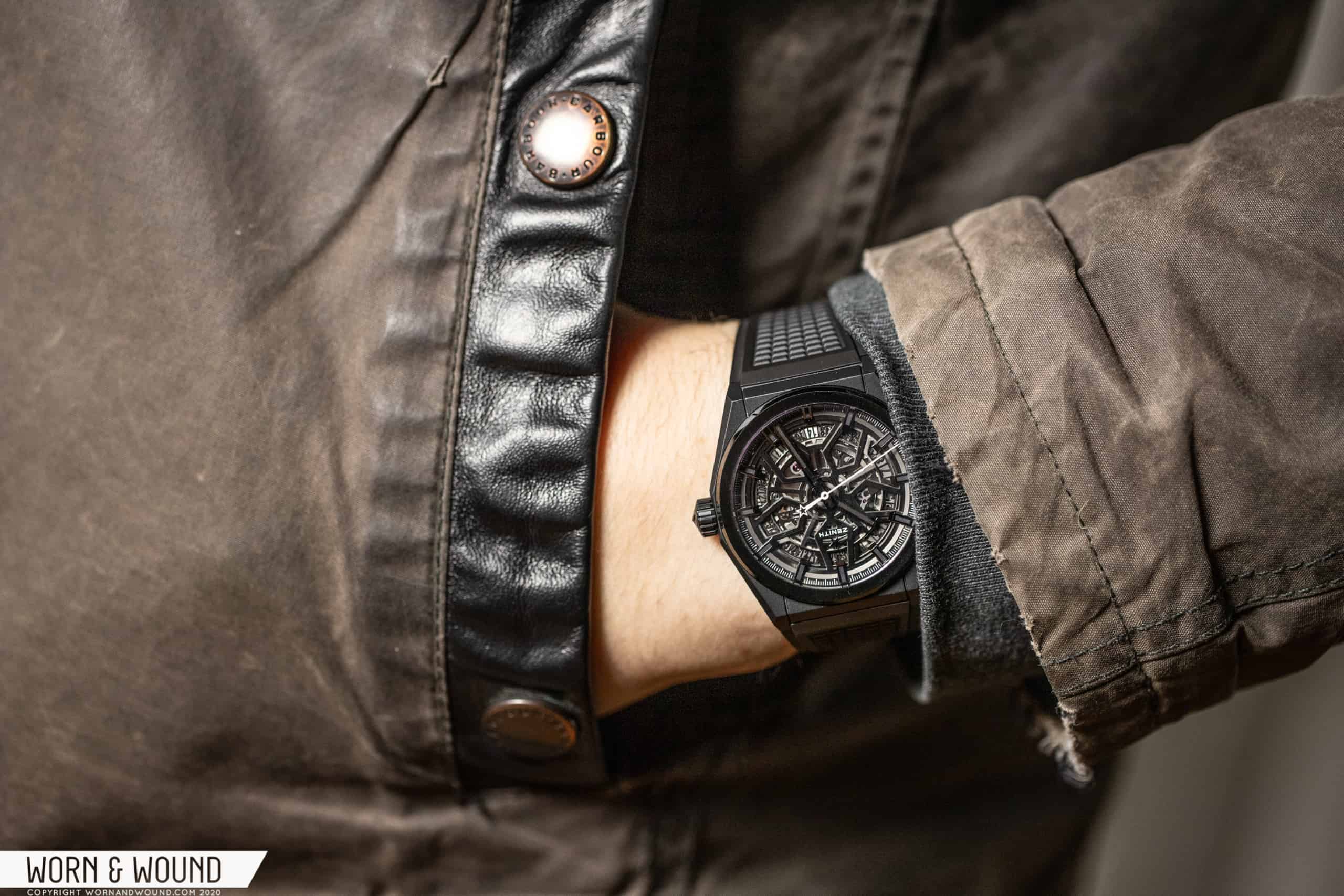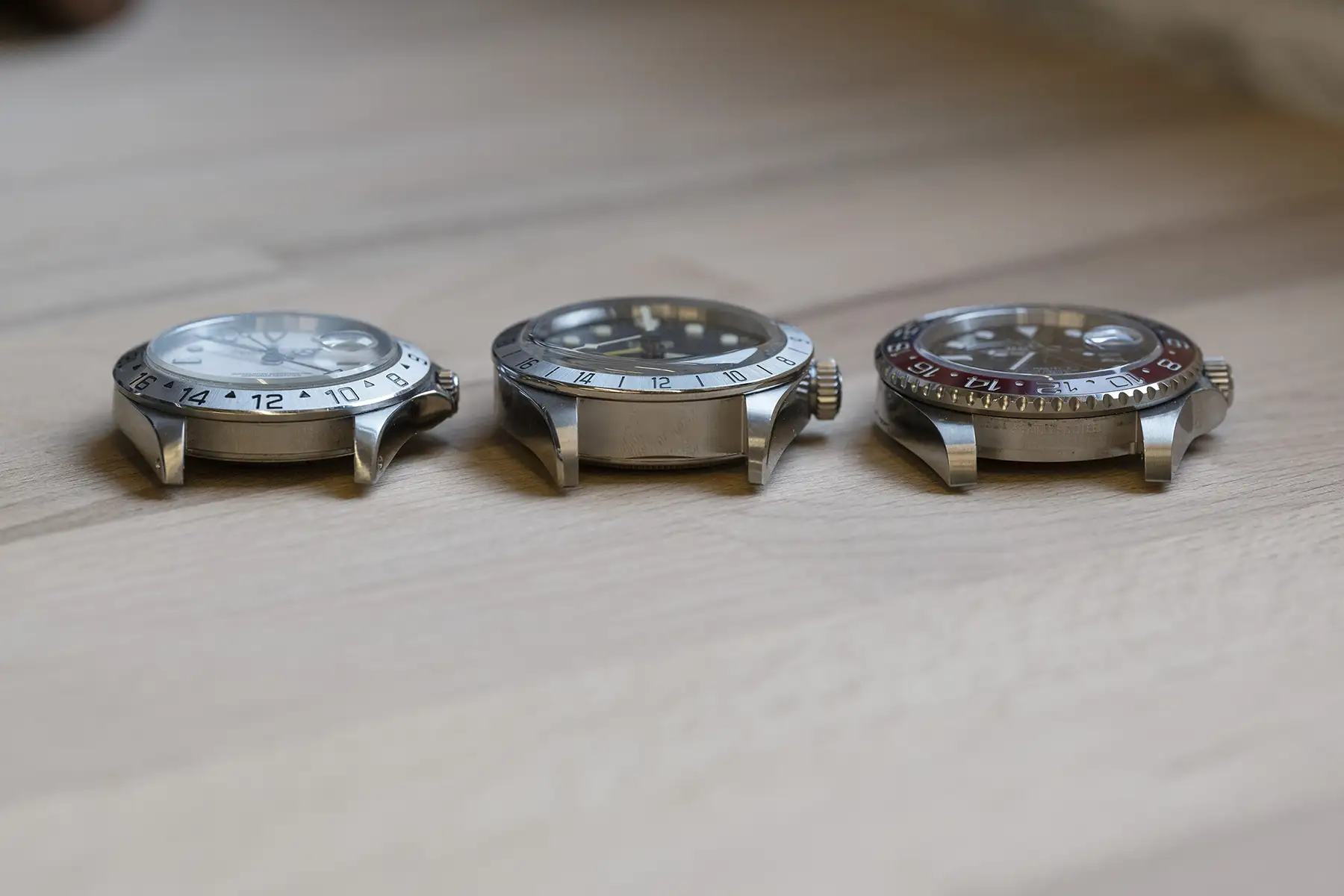If you’re anything like me, you’ve come across plenty of sharp watches that get you excited at a glance, only to come to the stat line and be presented with a set of numbers way out of your comfort zone. It’s a crushing feeling, and it can lead to feelings of resentment toward brands that consistently release great designs, but can never quite nail the dimensions. This watch would be perfect, if only… is something we’ve all uttered, and more often than not, it’s related to the case diameter, the case thickness, or the lug to lug length. We generally have a set of rules around these numbers and are quick to rule out anything that deviates from our own acceptable set of parameters. I’m here to tell you that we’ve become a little too quick to dismiss watches that don’t align with our preferred specs.
Those three numbers tell us a lot, but they don’t tell us everything. If you’re dismissing an otherwise compelling watch out of hand because one or even all of those numbers look a little scary, it’s time to pause and look for some real world, on wrist impressions, or find a way to experience the watch on wrist yourself. It won’t always change your mind, but it certainly will some of the time, and if it’s a watch you feel strongly about, you’ll be glad you did. You might even find yourself questioning your own dimension rules as a result.









 Featured Videos
Featured Videos











